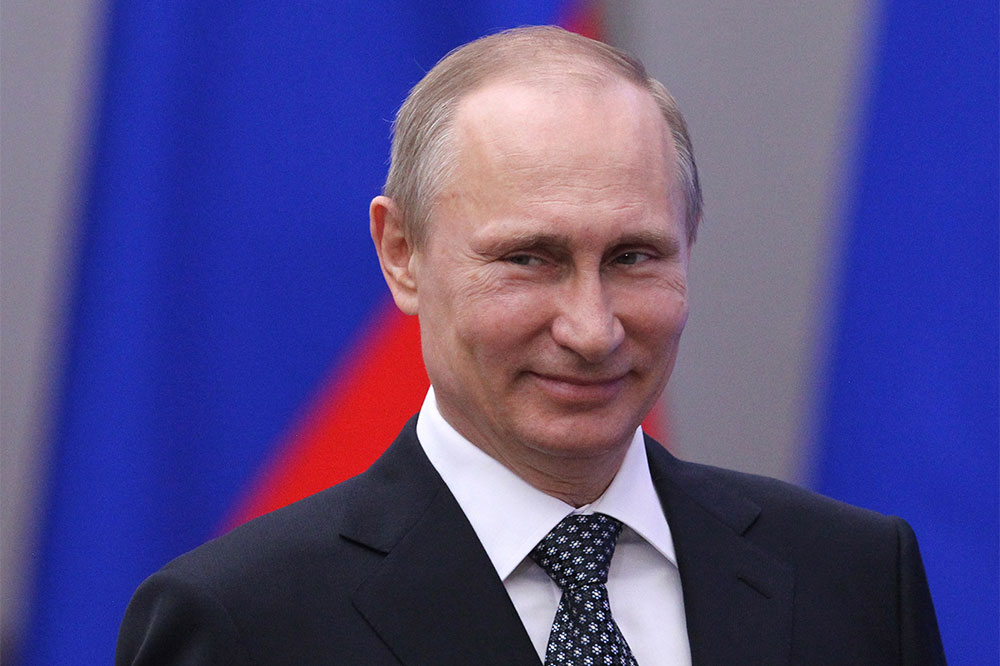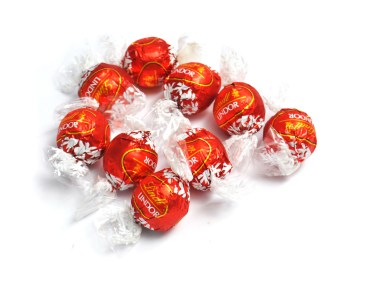Svitlana Morenets has narrated this article for you to listen to.
Ukraine’s parliament will soon vote on much-needed conscription regulations which would draft an extra half a million recruits into the army. The categories of eligible men will be expanded, the draft age will be lowered from 27 to 25, and any man caught attempting to evade it will face harsh sanctions or imprisonment. Volodymyr Zelensky has stopped talking about victory coming any time soon. His New Year’s message was grim: everyone must either fight or help through work. Ukrainians are braced for another year of war.
But talk of ‘peace’ or ‘compromise’ is still seen as code for a surrender which would reward rather than punish Vladimir Putin’s atrocities, cede ground and give him the opportunity to come back for the rest later. There is negligible public support for any type of deal. How can we tell? While it is unusual for opposition voices to be heard on TV (which Zelensky effectively controls), there is still free expression on social media, and it is rare to see Ukrainians saying they should cede the occupied territory in exchange for an end to the bloodshed.
After all, we have seen before what happens when we ‘compromise’ with Russia. We know how it ends. In 2014, Ukraine was forced to agree to the ‘peace’ of the Minsk ceasefire after Russian forces massacred hundreds of unarmed Ukrainian soldiers retreating from the encircled city of Ilovaisk. Stunned by the losses, the then president Petro Poroshenko agreed to freeze the conflict by accepting Russia’s terms. Crimea was ceded. Putin used this win to pause, re-arm and then launch a full-scale war.
And what would the partition look like? Putin has amended the Russian constitution to claim four regions: Donetsk, Kherson, Luhansk and Zaporizhzhia.









Comments
Join the debate for just £1 a month
Be part of the conversation with other Spectator readers by getting your first three months for £3.
UNLOCK ACCESS Just £1 a monthAlready a subscriber? Log in